Interview – Paul Charlwood

- Australia
- batch producing products
- CAD
- Charlwood
- Charlwood Design Pty Ltd
- Chicago Athenaeum
- current Victorian Co-President and a National Director
- Design Institute
- Design Institute of Australia
- design pty ltd
- development consultancy
- Dieter Rams
- Director
- Embody 3D
- founder
- General
- iconic products
- industrial design
- lower manufacturing
- Luigi Colani
- machine
- manufacturing complexity
- manufacturing methods
- Mark Newson
- Martin Gibson
- Melbourne
- National Design Museum
- National Director
- New York
- particular product
- Paul Charlwood
- Phillipe Starck
- portfolio
- Related
- RMIT University
- Smithsonian Institution
- solar energy tower
- steel parts
- sustainable products
- tall solar energy tower
- Victoria
- Victorian President
- way
- work
Embody 3D had the great opportunity to talk to Paul Charlwood from Charlwood Design, the director of one of Australia’s most prestigious and innovative industrial design studios. In this in depth interview we find out about Paul’s involvement with educational development and day to day running of Charlwood’s Design think house. For more information please check out: http://www.charlwood.com.au!
Article by Martin Gibson – @embody3d @martingibson – 13.08.2010
General Questions
Hi Paul, welcome to Embody 3D and thank you for taking the time to talk with me today. To get started could you please give me a quick introduction to yourself and Charlwood?
I’m the principal of Charlwood Design Pty Ltd, an industrial design and product development consultancy from Melbourne established since 1993. We are a commercially-focused design studio developing innovative and iconic products for consumer, medical and capital markets. I am also the current Victorian Co-President and a National Director of the Design Institute of Australia and the founder of the ‘Melbourne and Sydney Design Guides’.
Could you tell me about some of the challenges in establishing Charlwood as a design business?
Well the first thing is always getting clients and if you are lucky they will be good clients who appreciate design and the value it could bring to their business (this is what we look for). Building a reputation is very important along with finding the right team and networks to help your business develop. Also in the early days the financial investment in CAD training and software was much higher than today.
What does your role entail being Co Victorian President of the Design Institute of Australia? The role has operational and management duties such as chairing meetings and being National Director , but in a broader sense it is all about bringing people together to achieve positive outcomes for the Australian design industry. This includes awards, sustainability programs or liaising with government stakeholders.
In 2008 you co-authored the Design Institute of Australia’s education Policy. Could you tell me a little bit more about this interest you have had in education development? The DIA’s education policy spanned all levels from kindergarden through to tertiary but what interested me in particular was CPD (continual professional development). We need to ensure that institutions are delivering the right skills that employers and the community require from graduates. Generally professional designers tend to be very focused on specific needs/current projects so an appreciation for broader thinking should be encouraged through education.
Charlwood is involved in so many different projects whether it be in-house, developing policies and guidelines, undertaking research, attending award ceremonies haha. How are you able to manage your time effectively?
I have a very understanding wife and family and a great team that can work very well independently. That really is the secret to good time management – having people around you who you can trust and being prepared to give responsibility to others when you have to.
I couldn’t agree more! Sometimes I don’t know how my girlfriend puts up with me and all my crazy design projects sometimes haha.
Student-Related Questions
How did you make it into the design industry? Did you undertake any course or any formal education at all?
I was in the 1st intake of the Bachelor of arts/industrial design at RMIT University. Prior to that the course had been a diploma and we were the first to emerge with degrees. Back then when I graduated Phillips still had an industrial design office here in Melbourne so I went to work for them. After that I worked in a consultative role for a number of companies before establishing my own.
When a student submits their portfolio/CV at Charlwood, what do you look for in an applicant? Alternatively do you have any pet hates or information students should avoid in their portfolios?
Well I’ll always open their portfolio first and the main thing you look for is their ability to communicate their ideas. The great thing about student work is that it doesn’t necessarily have the restrictions of the real world on it so it is important to push boundaries as you have the rest of your career to deal with limits. I’m looking for your creative “spark” Avoid long winded cover letters and huge emails and its best to provide people with a link or a pdf rather than a CD.
Do you have any general advice for students who are studying industrial design around Australia? What skills should they develop to be competitive in the 21st century?
Never lose the skill of hand sketching and being able to document your thought process and express your ideas rather than just spending all your time on the CAD Model and rendering. It’s very important to keep in mind that industrial designers solve problems and don’t just style products so an appreciation of mechanisms and technology is essential, through to scenario planning. The broader your skills and understanding the better your chances are for bringing together order from the chaos of ideas that drive a product.
Design-Related Questions
Charlwood is renowned for employing both traditional and new technologies to enhance the design process. Charlwood is fortunate enough to have a rapid prototyping machine in house. How is rapid prototyping utilized by Charlwood and do you see a real benefit of having your own machine as appose to conventionally outsourcing this type of work?
Having our own instant prototype facility means we have the freedom to use the machine for quick concept validation rather than just an expensive final model. And since we don’t have to wait for outsourced parts we can try more ideas sooner. Also our machine prints in ABS so we can use it for small batch production of functional parts. We can also have some fun with it like the recent light we created which would have been impossible to make using traditional manufacturing methods.
I find it interesting more and more people are using rapid prototyping as a way of batch producing products. The design possibilities are just endless now in regards to shapes and form.
Within Charlwood do the industrial designers have specialist roles or do they tend to do similar tasks. For example are there industrial designers who do a lot of rendering, and some that do more sketches, others that build models, and others that do engineering analysis etc.
We are lucky to have very broadly skilled core team of industrial designers who are capable of all those things that you mentioned. Naturally individuals might favour a particular method / process for producing an idea like digital sketching or working with their hands.
Are there any iconic designers that you use as inspiration or mentors that have guided your design philosophy to date?
Two designers that come to mind are Luigi Colani and Dieter Rams which are a pretty big contrast to one another. Colani for his expression and form and Rams for his elegant simplicity. I also admire designers like Phillipe Starck and Mark Newson, not for their design, but for their ability to build themselves as a “brand”.
I am a huge fan of Dieter Rams, I think the influence of his work and his design philosophy is just as applicable today as it has ever been before.
Does sketching and hand rendering still have an important role to play in your design process?
Absolutely, I’ve mentioned it a couple of times already but I am forever trying to convince my designers to favour a pencil over a mouse. It’s the best way to resolve ideas quickly before too much time is spent in CAD!
When brainstorming ideas for a given project at Charlwood is this ideation stage usually performed individually or is it a real collaborative design experience?
It depends on the brief but generally our studio is a very open environment where everyone can collaborate and share ideas.
Could you explain the iSpiral Innovation Process that Charlwood adopts for each design project? How does this design process differ from existing processes utilized by other studios?
All good design studios will follow a set “process” for developing a product. The iSpiral is our way of visually expressing our design process to others. It is our way of making sense and order out of the chaos. It also ensures thorough documentation of the process for the client and can guarantee an outcome. Every product has to result from a considered thought process and one of my pet hates is when someone says “the idea just came to me.”
As many Embody 3D readers know I am a huge advocate of the online Greenfly Sustainability Tool that Charlwood was very actively involved in establishing. It seems every design consultancy is becoming ‘green’; whether it is by mere conformity or by a real passionate ideological purpose, who knows. I know many consultancies overhype their green credentials, but Charlwood seems to take sustainable designing and sustainable products very seriously, even trying to become 100% carbon neutral. What is the motivation and benefit of becoming green?
Generally, applying sustainable principles to product design can only lead to better products. It can not only result in better sales, lower manufacturing costs but also more reliable products. For example a while ago we redesigned a squeeze mop for Oates. The old design had 5 plastic parts, 2 steel parts and 1 spring, We redesigned it into 4 parts in like material, not only reducing materials but also manufacturing complexity and it can be fully recycled. If you are talking about products produced in the millions then significant savings can be made. Being clever about how you use your resources will have an economic benefit to you so it’s not just about sustainable design as a “buzzword” and it does not have to be ugly!
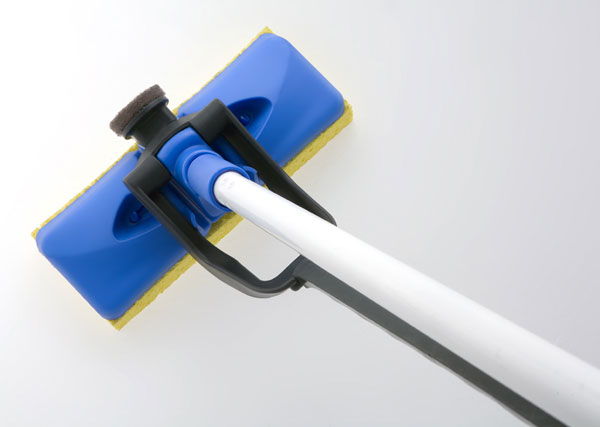
What are your thoughts on the current state of the design industry in Victoria/Australia? Has it changed? Where is it heading?
Here in Melbourne it is truly a design city full of activity and genuine appreciation for design. I’ve seen design grow in Australia to the point where it is the defining factor of a product whereas in the past it was more about the technology. I’ve also seen it become a function to marketing and consumption which is not necessarily the best outcome.
I’d like to see the value of design continue to grow in Australia and not just when applied to a particular product but also on a broader scale in business and commercial strategy.
Could you give detail on some of the innovation behind the water filtration bottle that Charlwood developed? Or, could you tell me about some of your latest projects and focus at Charlwood?
Sure. We invented a new filtering concept for water bottles which went above and beyond what the client originally came in for. Otherwise it would have just been another refillable plastic water bottle.
Our studio is always busy with projects spanning from medical to consumer to industrial. Our diversity is exemplified in some of our latest designs. Our concept for a solar energy tower was recently exhibited at the Smithsonian Institution’s Cooper Hewitt, National Design Museum in New York as part of the triennial exhibition Why Design Now? The brief was to create a functional yet beautiful interpretation of an approximately 1km tall solar energy tower. We recently won a Good Design Award from the Chicago Athenaeum for a medical product we designed that monitors incontinence. Our team is constantly busy with products that range from small runs through to high volume production. And we are always happy to talk to new clients.
Paul thanks for taking the time to talk with us here at Embody 3D. Do you have any last thoughts for the Embody 3D readers?
Just Design It!
To find out more information about Paul and Charlwood Design please check out their website at http://www.charlwood.com.au/
Embody 3D is proud to promote and support industrial designers and consultancies from around the world. If you would like to be featured on Embody 3D’s interview section, please send an email to [email protected]!

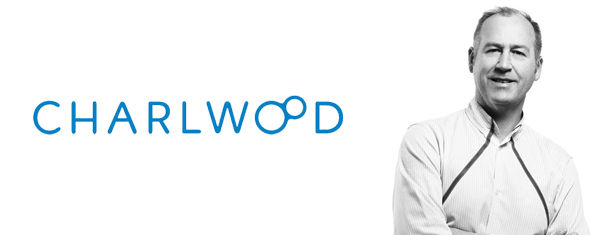

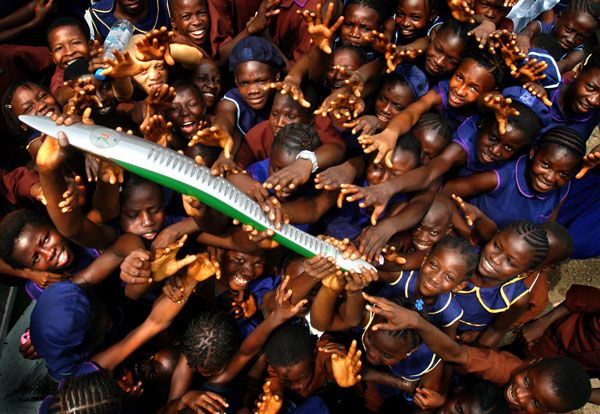
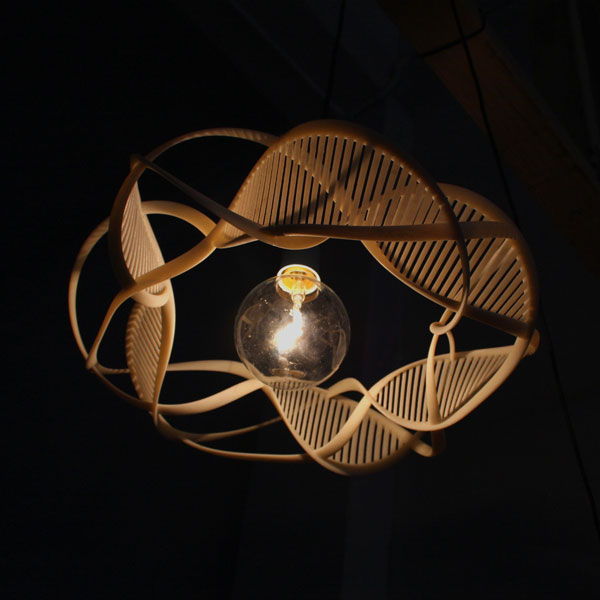
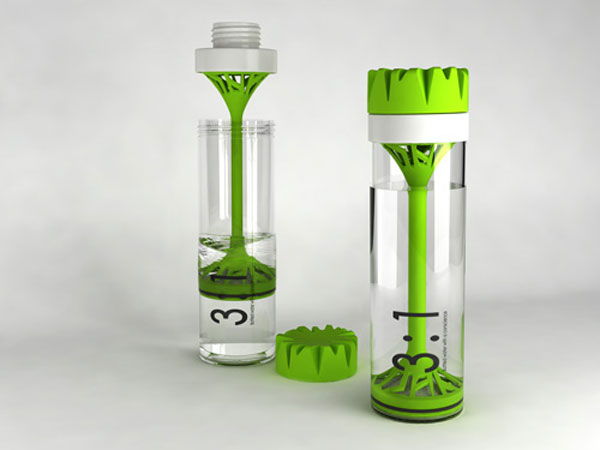
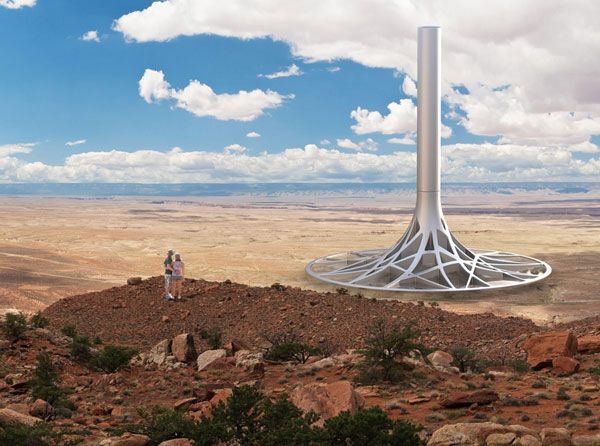
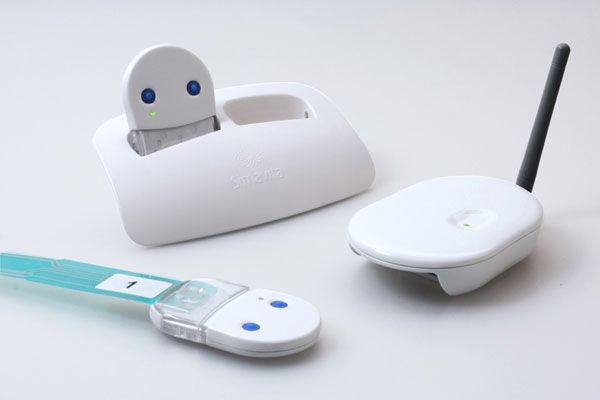
5 Comments
[…] This post was mentioned on Twitter by Embody 3D, Martin Gibson and Embody 3D, Martin Gibson. Martin Gibson said: #Interview – Paul Charlwood http://goo.gl/fb/jXMh1 #featured […]
These designs are just awesome and a great interview as well, it’s good to see a designer so involved with developing the future of Australian Design.
hey hey e3d,
Charlwood is a quality design company their work is simple and bold just the way design should be. i love all the sustainability work yehhhoo
Cool interview I found out about it from Facebook. Keep up the good work.
NICE